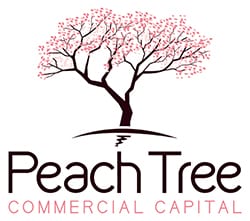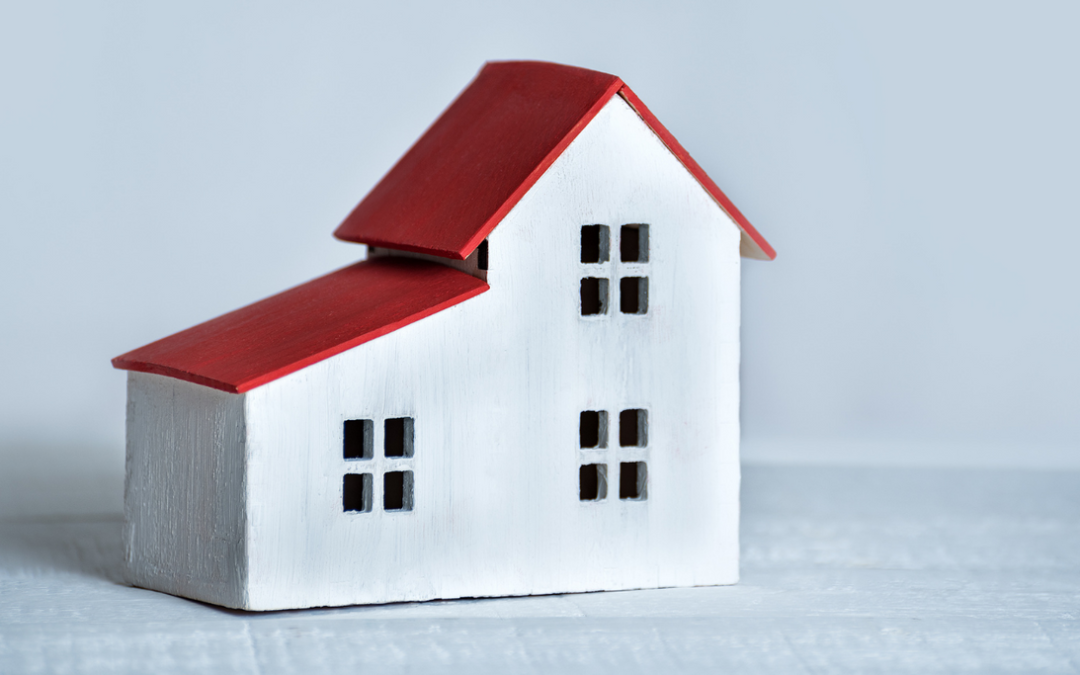The pace of industry is moving faster than ever. As technologies and equipment continue to improve, business owners need to make the right decision as to whether they should purchase or lease the tools, technology, and equipment they use every day. While there are financial formulas to help you evaluate the cost of each path, the decision is ultimately based on the unique scenario in which you find your business.
Net Cost of Buying
First, let’s look at the formula:
To figure the cost of purchase add the total upfront costs, including down payment and closing fees plus interest paid, plus the loan balance at the time the lease expires, minus the market value of the asset at the time the lease expires. The result will be your net cost of buying.
- + Total upfront costs (down payment + other fees)
- + Lost interest.
- + Outstanding loan balance at time lease expires.
- – Market value of the equipment at time lease expires.
- = Net cost of buying.
Compare this result to the total net cost of the lease.
For technologies and equipment that hold their market value well, purchasing may be a great option. Heavy equipment, for example, may last decades with standard maintenance while computing, imaging, and software solutions may become outdated losing 50% or more of their value in a matter of months or years.
For fleet vehicles, for example, the higher the value, the more likely owning will save your business money over leasing at the net cost of buying.
While net cost is an important consideration, lessees will save additional funds on repair and maintenance. The owner of the asset is responsible for maintenance, so the lessor rolls in average cost of maintenance into the cost of the lease agreement. So, comparing net cost of ownership can paint an incomplete picture. In the first year the buyer lays out either a down payment or a full payment, which throws off the net cost as compared to later periods. Also, the buyer receives a tax benefit by depreciating purchased assets.
Considering a lease? Don’t settle for the offer made at the dealership. Talk with our experienced brokers to find the best offer.
Another financial formula that provides further information and that can aid your decision is the total cost of ownership formula.
Total Cost of Ownership
There are two ways of calculating total cost. We will emphasize the first and touch on the second. Here is the basic formula:
I (initial cost) + M (maintenance) – R (remaining value at the end of the period) = TCO (total cost of ownership)
The initial cost is how much you will pay for the asset either upfront or including financing fees and interest if the asset is purchased with a loan. The maintenance cost includes regular tune-ups, adjustments, and planned repairs that are part of standard operation of the equipment. The remaining cost is the asset’s price in the long term, for example, in five years.
The second approach adds in downtime cost and production cost. These costs would be the same if you lease the equipment, so for our purposes, we will consider these a wash.
Considering Depreciation
When a company buys an asset they gain the benefit of depreciation, which reduces the cost of taxable income. The whole asset value can be depreciated in the first year, or the company can depreciate over a three to ten-year period, and potentially longer, depending on the asset. A lessee will deduct the cost of the lease as an expense on taxes, so the benefit is less at the outset, but often more consistent year over year.
As a business owner, you’ll decide where to put your money. If marking down depreciation in a given year or number of years will have a net positive impact, and the cost of maintenance is within reason, and the asset’s productive lifespan exceeds the depreciation period, buying may be a better choice than leasing. Given consistent income, net income will be lower during the depreciation period, resulting in fewer taxes paid, but higher capital expense, and in subsequent years, higher net revenue and taxes.
To Finance a Purchase or Not?
If your business chooses to purchase instead of lease, you will have another decision: pay upfront or finance the purchase. Buying upfront gives you complete equity in the asset right away, but it has a significant impact on your cash reserves. You’ll have less flexibility in terms of marketing, payroll, supplies, and open to buy dollars. For many businesses, depreciating and paying for an asset over a number of years makes for better accounting and a better overall financial balance. Financing equipment is fairly easy. The asset purchased serves as security against the loan, so buyers don’t need to put forward personal or business assets as collateral. Even so, your business may be eligible for rates that are better than those offered at the time of sale. Most dealers offer in-house financing set at rates set for the broadest approval. Those might not be the best option.
Choose an Independent Loan Broker
Working with an independent loan broker provides you several benefits when you are seeking to bring in new equipment. First, we are able to help you assess your goals and financial scenario to give you insight on leasing versus buying. We then target the right leasing agencies and lenders to identify your best available rates. Our team can also identify changes you can make to your business to better position yourself for financing. Last, we are only paid when you choose the financing that is right for you, so you aren’t hit with fees for information alone. Start with an initial call and we will help you get the information you need to make better financing decisions.

